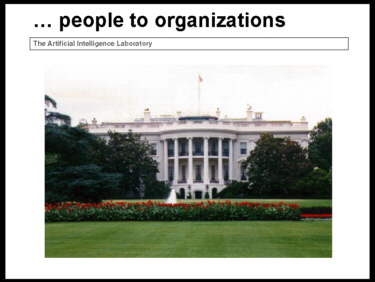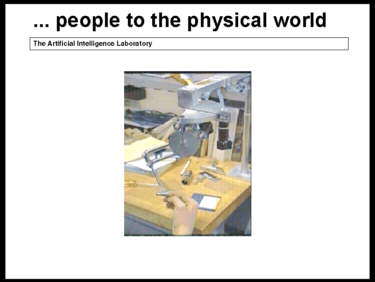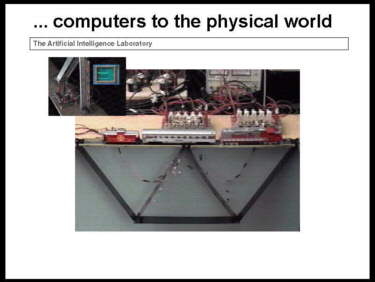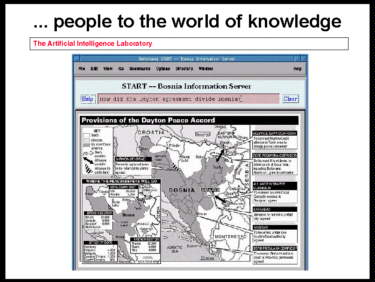 |
Our Intelligent Information Infrastructure Project develops ideas
and software in support of the National Information Infrastructure. The
key idea is that the National Information Infrastructure should
understand the information it is
carrying, so as to enable new ways to gather, organize, and transmit
knowledge, as well as new ways to operate organizations.
We have built, for example, the publication and distribution system used by the White
House Office of Media affairs, in use routinely since January 20, 1993 to
distribute various publications nationally and internationally, and an
on-line surveying system used to determine the size and character of the
audience receiving the documents.
|








